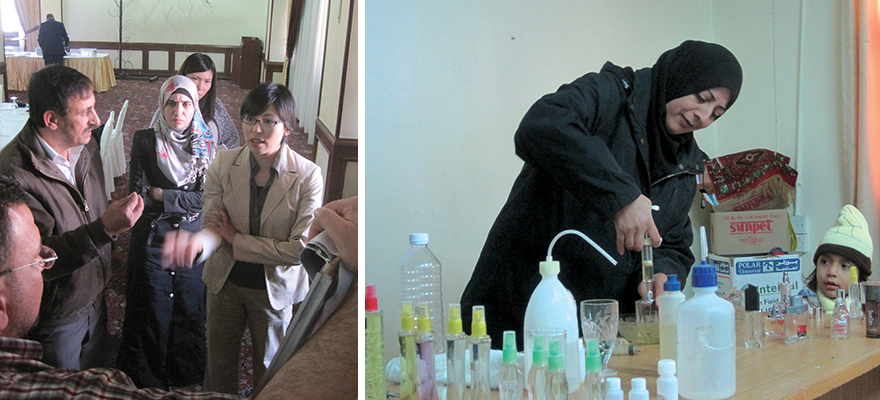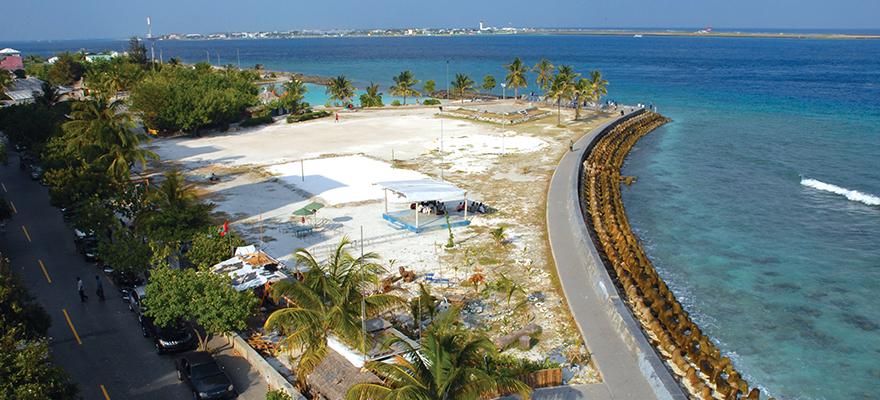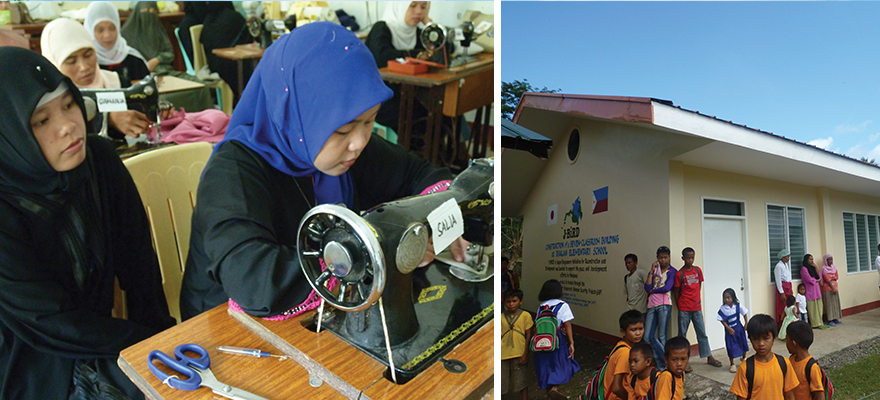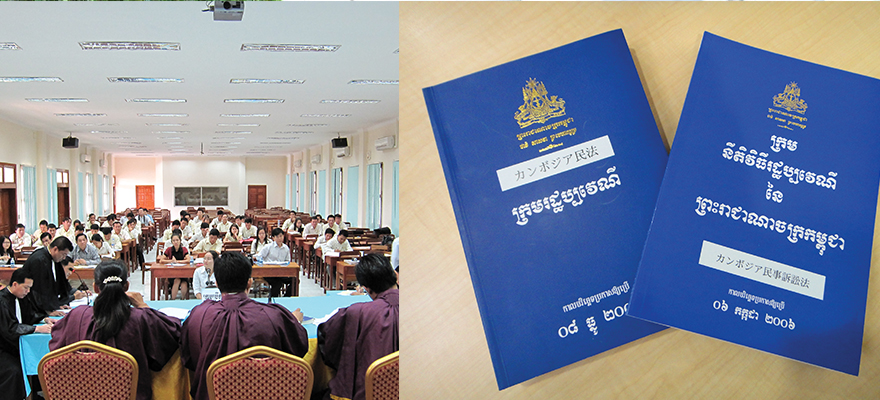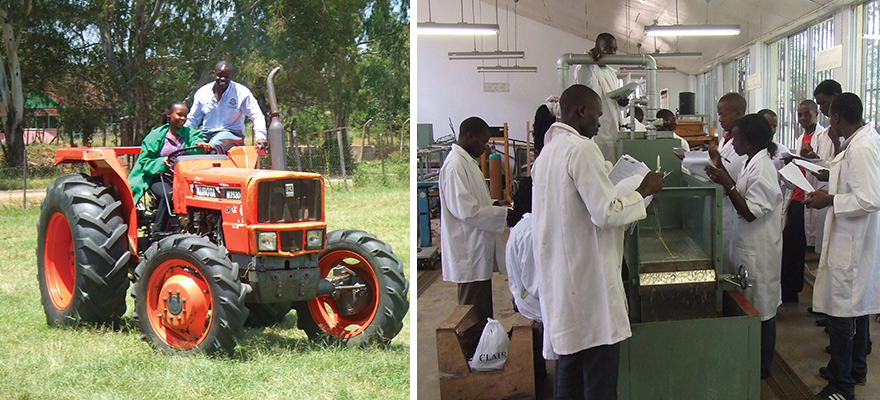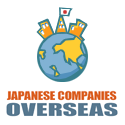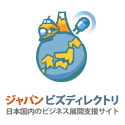60 Years History of Japanese Official Development Assistance (ODA) – To support for self-help efforts
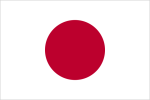
Sixty Years of Japanese ODA – Interview with Kimihiro Ishikane
Date: Aug 22, 2014
Source: Highlighting JAPAN – by Tami Kawasaki
This year marks sixty years of Japanese official development assistance (ODA). Kimihiro Ishikane, Director-General, International Cooperation Bureau of the Ministry of Foreign Affairs spoke about the history of Japanese ODA, the bonds it has forged between Japan and other countries, and what direction it should take in the future.
What path has Japanese ODA taken?
Japanese ODA began as technical cooperation after we joined the Colombo Plan in 1954, starting with the development of a support system alongside postwar reparations. Beginning in 1977, in line with Japanese economic growth, we expanded globally while systematically increasing ODA aid amounts. In 1989, we overtook the United States to become number one worldwide in the quantity of ODA, and during the decade from 1991 to 2000 we supported the growth of developing countries as the world’s largest donor nation.
In 1992, our first ODA Charter was established in response to the post-Cold War international situation, clarifying principles and strengthening policies. Then, in 2003, the ODA Charter was revised for the first time in eleven years based on changes in the domestic and international circumstances surrounding ODA. Eleven years later, the Charter is again set to be revised to achieve progress toward a new era of ODA.
What are some characteristics of Japanese aid?
Japanese aid includes some consistent convictions. The first is support for self-help efforts. Developing countries will not be able to achieve sustainable growth on their own merely with infrastructure improvements by Japan. It is crucial to nurture local talent and industry alike, which does enable a country to reduce poverty on its own while achieving economic growth. An example of Japan’s support for self-help efforts can be seen in the young Japanese people sent all over the world as Japan Overseas Cooperation Volunteers, who join locals in fields such as agriculture and education and teach people while sharing their concerns.
The second is stressing poverty reduction through economic growth. Through Asian infrastructure improvements based on Japanese ODA in the 1960s, Japanese companies expanded into Asia one after the other, resulting in local job creation, promoting consumption and spurring economic growth. Asia and especially the ASEAN region have now become indispensable markets as well as investment destinations for Japan.
Another characteristic is our advocacy of the realization of “human security” and the adoption of thorough, conscientious support methods focusing on every member of the community. I am proud that we have cultivated bonds among people and built up trust toward Japan by protecting individuals from the fear of hunger, crime, disaster and the like while pursuing the happiness of all.
What direction should Japanese ODA take in the future?
The fact that the world is globalizing politically and economically means that development issues will become even more diverse. It is important to expand the scope of traditional ODA and shift toward “development cooperation,” which makes it possible to partner with various entities and funds such as governments, local authorities and private companies, and respond to new targets and challenges.
After the Great East Japan Earthquake, Japan received expressions of support from 163 countries and territories as well as 43 international organizations. Some were countries where we provide ODA that, although poor in numerical terms, assisted us with supplies and sent kind messages. I see this, with gratitude, as the return of trusting relations cultivated through ODA.
While cherishing the bonds we have forged with developing countries so far, we hope to open up the horizon for a new era of ODA by sharing the knowledge and experience Japan has cultivated with the international community.
Japanese ODA timeline
| 1954 | Japan starts ODA upon joining theColombo Plan |
| 1965 | Founding of Japan Overseas Cooperation Volunteers |
| 1974 | Japan International Cooperation Agency (JICA) established |
| 1978 | First medium-term ODA targets announced |
| 1989 | Japanese ODA overtakes US toassume first place |
| 1992 | Enactment of ODA Charter |
| 2003 | ODA Charter revised |
| 2014 | ODA Sixtieth Anniversary |
Japanese Internatiomal Cooperation Agencies
- Official Development Assistance (ODA) Official Website
- Japan International Cooperation Agency
- Japan International Cooperation System (JICS)
- Foundation for Advanced Studies on International Development
- ASEAN-Japan Centre
- Japan NGO Center for International Cooperation (JANIC)
- Nagoya NGO Center
- Pacific Resource Exchange Center
- Nantokashinakya! (Japanese)
- Kansai NGO Council (Japanese)
Japan’s ODA
- Supporting Female Palestinian Refugees in Jordan
When the state of Israel’s creation in 1948 and subsequent conflicts in the Middle East displaced a vast number of Palestinians into neighboring Jordan, most of the refugees expected to return home soon. Yet as months turned into decades, their camps of tents and makeshift facilities morphed into full-fledged communities, some with populations of a hundred thousand.
Continue reading » - Japan’s maternal and child health handbook benefits the world
Japanese people take the existence of the Maternal and Child Health Handbook (hereinafter referred to as the “MCH Handbook”) for granted. In 1948, after the Second World War, the Ministry of Welfare (present Ministry of Health, Labor and Welfare) started issuing this handbook to protect the welfare of children in Japan.
Continue reading » - Japanese breakwaters protected capital from large tsunami
Situated in the Indian Ocean southwest of Sri Lanka, the Republic of the Maldives is a small tropical nation made up of about twelve hundred coral islands with a population of around three hundred thousand. The general population inhabits no more than two hundred of these islands; the rest are uninhabited except for eighty-seven used as tourist resorts for foreigners.
Continue reading » - Building Peace on Mindanao in the Philippines
The Bangsamoro, the Muslim people living on the Philippine island of Mindanao, have had a painful history in the Philippines where 90 percent of the population is Christian. The year 1970 marked the start of the armed Islamic separatist group called the Moro National Liberation Front (MNLF), and the escalation into an armed conflict for secession.
Continue reading » - Legal development assistance for Cambodia to maintain peace for citizens
In Cambodia, educated people at every level of society were subject to genocide by the Pol Pot regime, which held power in the second half of the 1970s. In the legal field, too, where fewer than ten lawyers and judicial officers are said to have survived the Pol Pot regime, a massive number of personnel—and with them the rule of law itself….
Continue reading » - The Ghana Nutrition Improvement Project
The Ajinomoto Group is known worldwide for its seasonings and amino acid products. Now, capitalizing on the research knowledge and expertise in food science and amino acid nutrition it has accumulated since its founding, Ajinomoto is working together with international organizations such as JICA and the United States Agency for International Development (USAID) …
Continue reading » - Japan’s ODA Successes – Jomo Kenyatta University of Agriculture and Technology Perspectives
Located in Kenya in East Africa, the Jomo Kenyatta University of Agriculture and Technology (JKUAT) has produced a great number of exceptionally talented individuals and serves as but one example of the successful results of Japan’s ODA in developing human resources. Based on a request from the Kenyan government, the Japanese government, through JICA, provided support for this endeavor for over twenty years, since the beginning of the project in 1977 to …
Continue reading »

